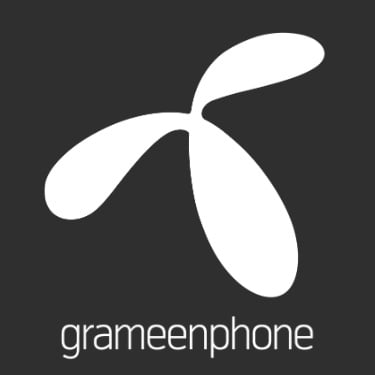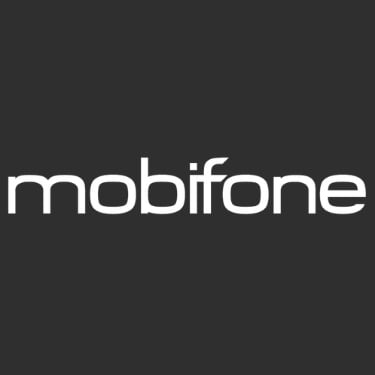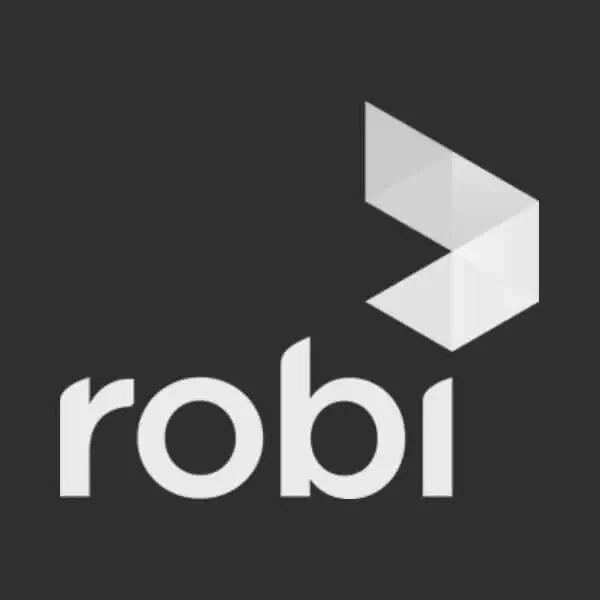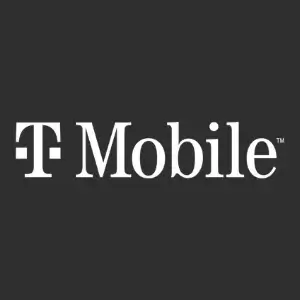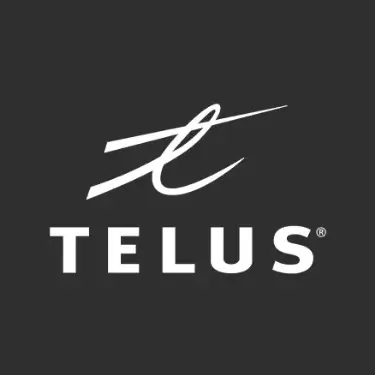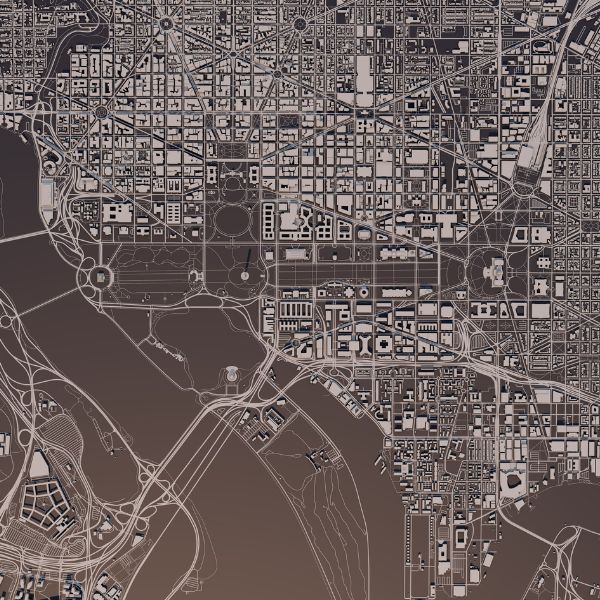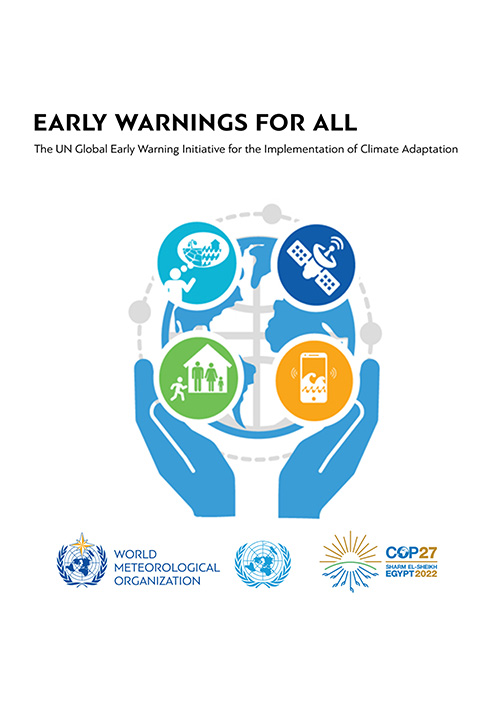Telecom regulatory affairs: beyond compliance

Simple. Robust. Scalable.
What's possible for telecom regulatory affairs
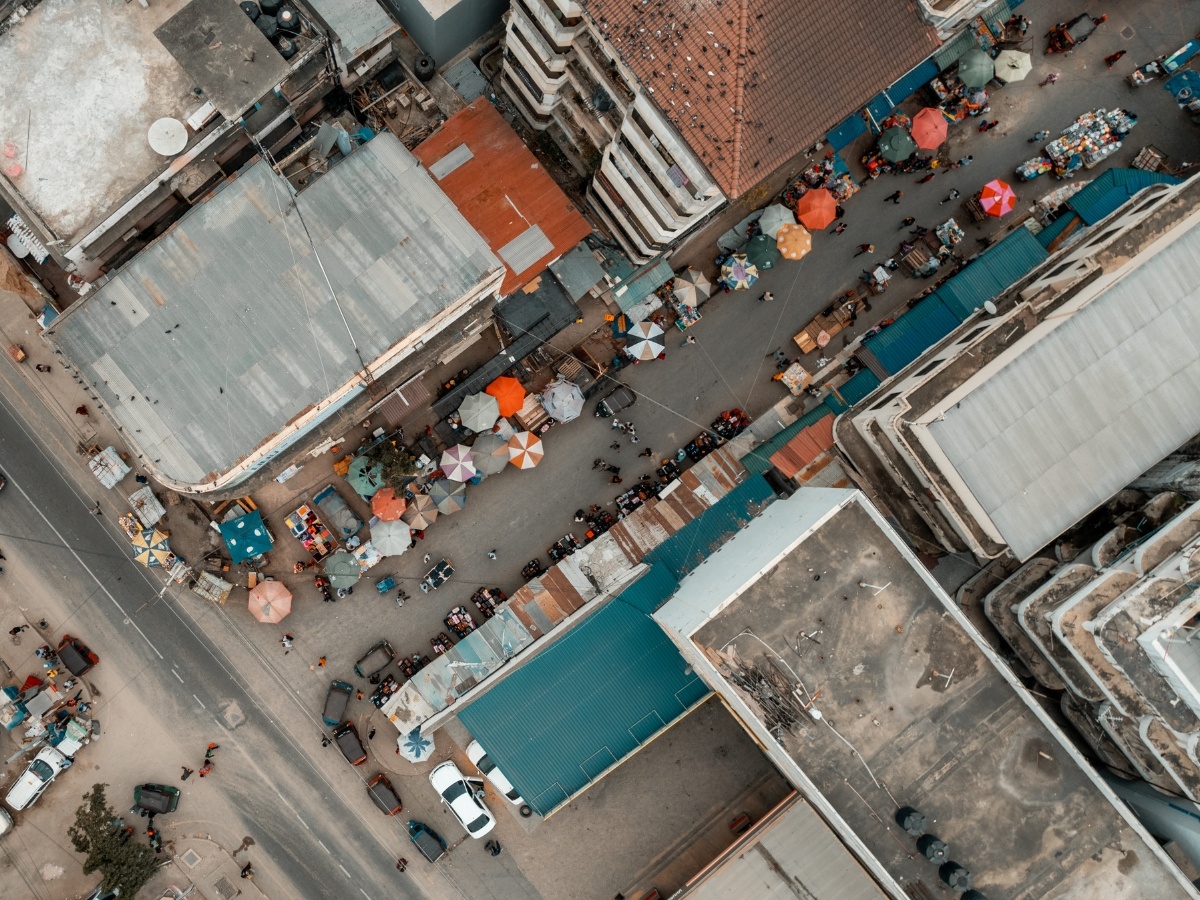
Geolocation standards
Intersec plays a critical role in geolocation standards by aligning with key organizations such as 3GPP, OMA, ETSI, and TM Forum. Our platform complies with 3GPP standards for mobile location data, provides API compliance with OMA standards, and participates in ETSI to enhance telecom compatibility and security.

Authority cooperation
Location and activity insights must be 100% reliable to effectively support public authorities in population alerting, emergency call location, and LEA investigations. Our unparalleled geolocation and unique capabilities at a country-wide scale enhance situational awareness and enable more effective crisis response.

Subscriber regulations
We provide robust data protection and compliance tools to help regulatory teams meet subscribers' data privacy regulations and implement mandated services like welcome SMS for roamers. Our solutions enable telecoms to navigate complex legislative landscapes while respecting personal privacy.
The Regulatory Compliance Suite
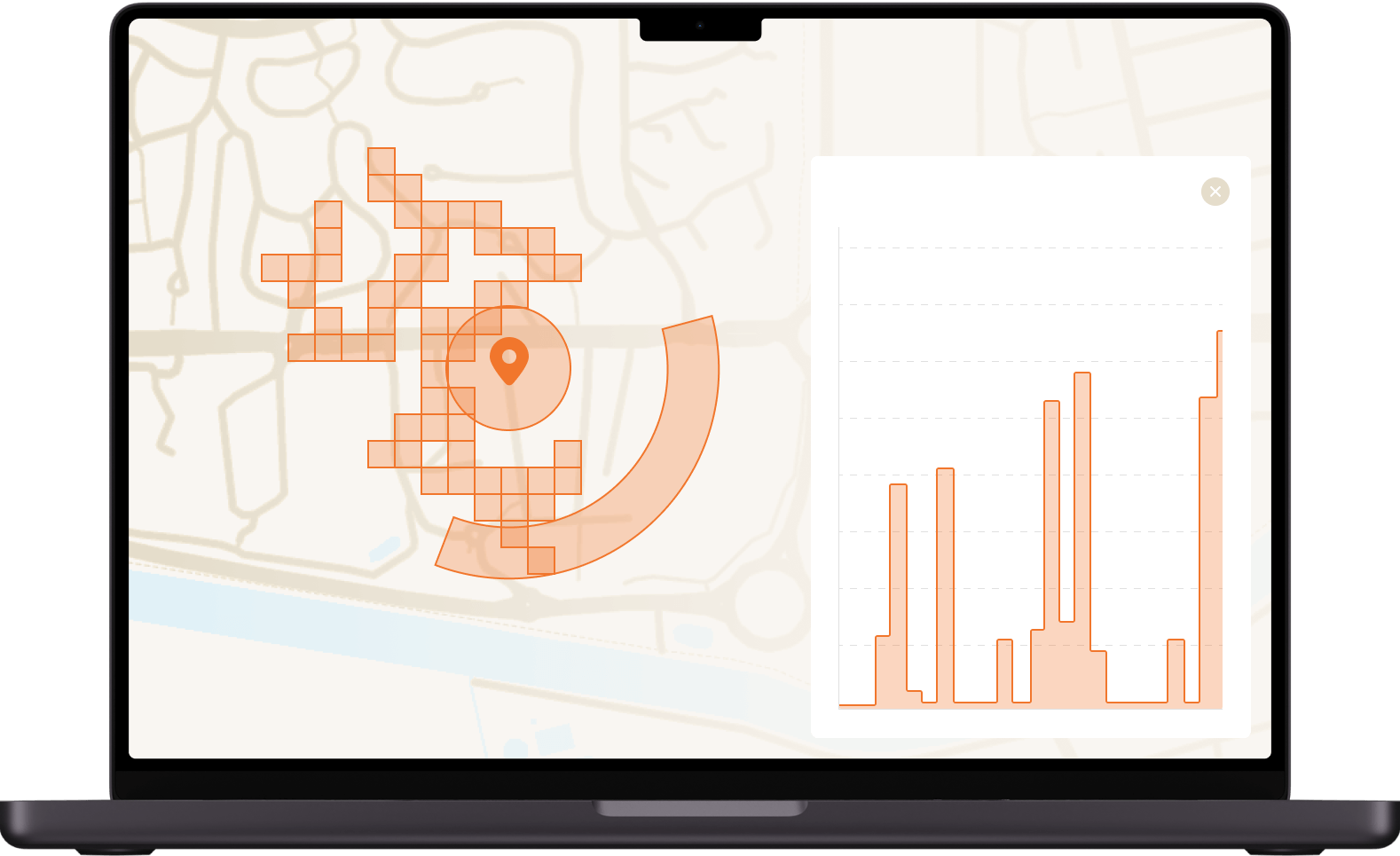
Agora
Future-proof compliance assurance
Telecom operators must comply with complex regulations for enhanced emergency communications, highlighting the need for improved location capabilities while respecting data privacy. By bridging legacy applications with new standards and interfaces, the Agora platform enables telcos to collaborate effectively with public authorities. Achieving highest positioning accuracy through 5G technologies and leveraging contextual insights allows customers to meet strict regulations. Agora implements specific data protection mechanisms tailored to local regulations, ensuring appropriate management of sensitive data and maintenance of subscriber privacy.

GeoSafe EC
Locate all emergency callers
Our emergency call location solution uses advanced cellular device locating capabilities to ensure accurate and up-to-date location information for routing calls to the appropriate PSAP. It combines network-based and handset-derived technologies, leveraging Advanced Mobile Location, to accurately locate all callers. Our AML endpoint integrates seamlessly with existing platforms. Robust reporting capabilities enable operators to demonstrate compliance with regulatory standards, including the EU's recent directive on caller location accuracy.
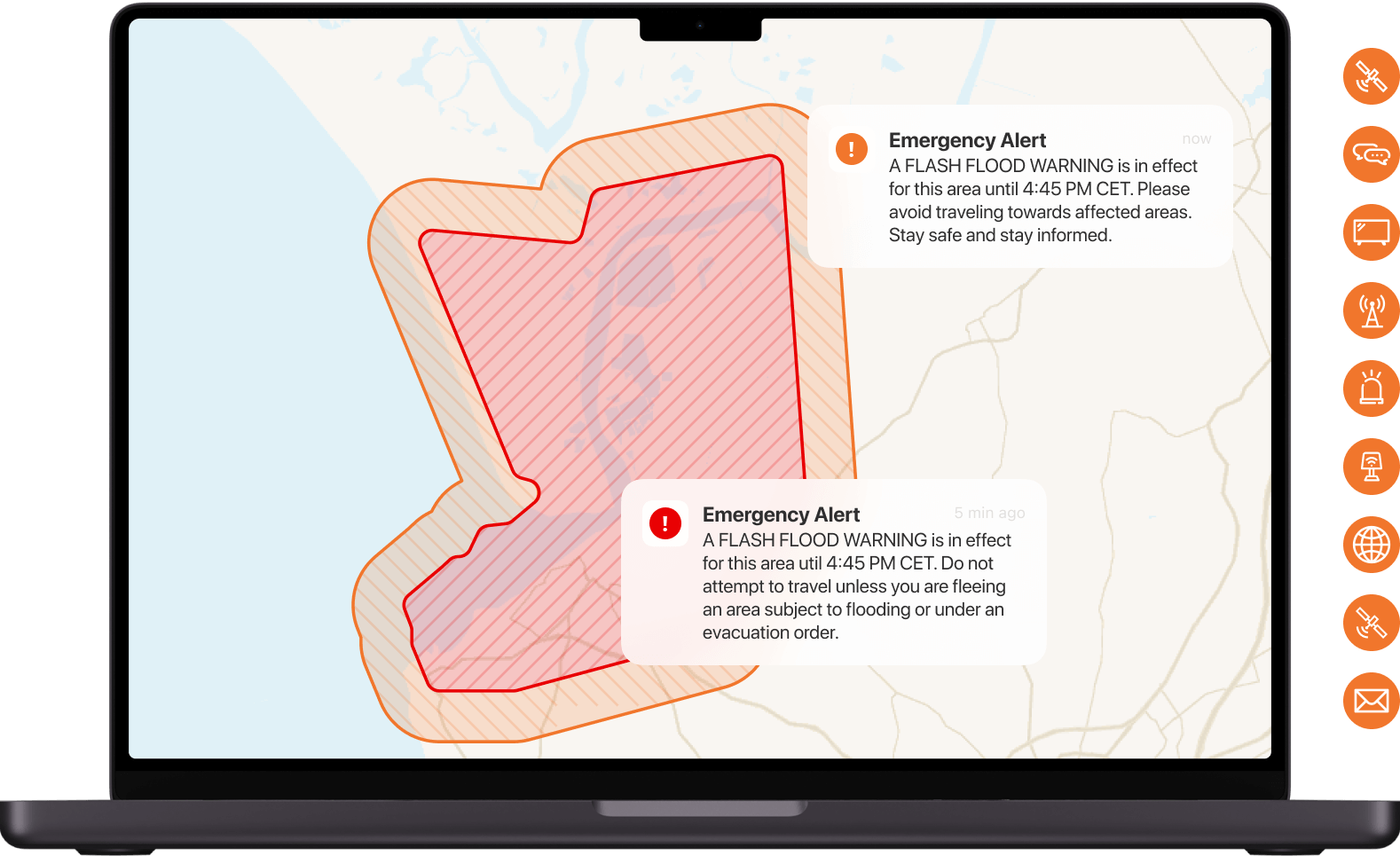
GeoSafe PWS
Multichannel warning dissemination
The evolving landscape of crises demands modernized public alerting and situational awareness. Telecom operators play a crucial role in public safety, leveraging advanced location-based tools like geotargeted alerts and real-time situational awareness through population density estimates. GeoSafe PWS combines Cell Broadcast and location-based SMS technology and integrates seamlessly into a national public warning infrastructure. It provides accessible, clear messages for all, including people with disabilities. CAP-compliant, it enables timely, effective transmission of critical alerts to mobile devices, including those of visitors and tourists in affected areas. GeoSafe PWS helps mobile network operators comply with EECC Article 110 and the UN's EW4All initiative.
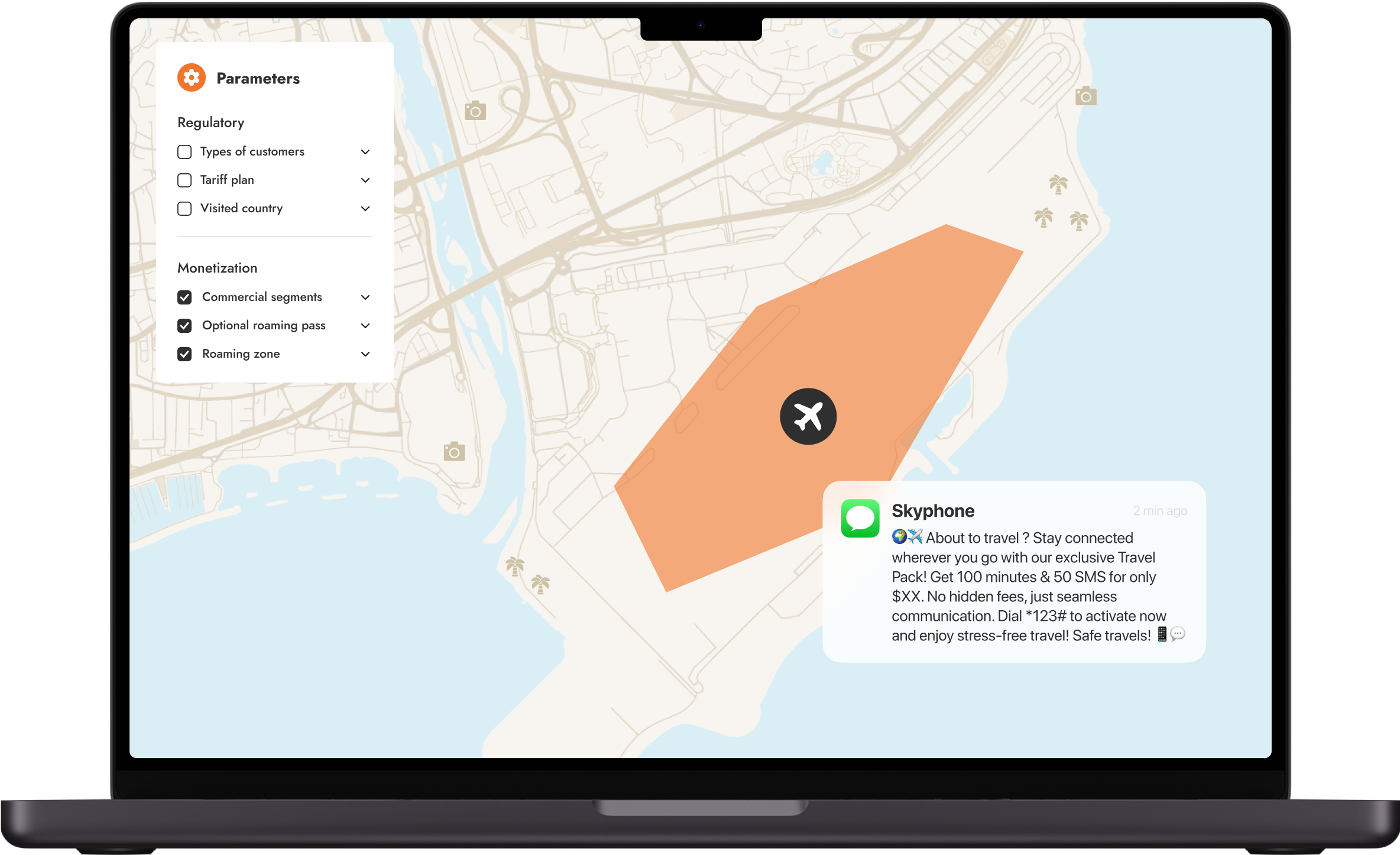
GeoTravel
Welcome SMS for roamers
Telecom regulatory affairs must ensure compliance with regulations regarding roaming services, particularly the requirement to inform users about roaming charges via a welcome SMS. This message should be clear and sent as soon as the user's device connects to a foreign network, helping them avoid unexpected charges. When a subscriber enters a roaming area, GeoTravel allows for the automatic detection of roaming status changes and the timely sending of notifications detailing roaming costs, ensuring adherence to regulatory guidelines. By proactively informing your customers, fulfill your legal requirements while enhancing client satisfaction and trust.
Standards, regulations & beyond
Geolocation standards
more3GPP/OMA
Our hybrid location platform complies with and relies on 3GPP standards to retrieve mobile data such as 3GPP TS 23.271 which details active geolocation call-flow or others related to protocol description such as 3GPP TS 36.355 or 3GPP TS 44.031 among many others. Intersec exposes API compliant with OMA standards to facilitate the integration with existing MLS (Mobile Location Service) clients. The Intersec GMLC (Gateway Mobile Location Center) implements the MLP protocol (Mobile Location Protocol) to enable location operations (LIF TS 101).
ETSI
As an ETSI member, Intersec participates in enhancing the efficiency, reliability, and security of communication systems. Learn more in ETSI's interview with J.M. Coïc, Intersec CTO.
Network exposure through APIs
moreAs the traditional telecoms model faces growth limitations within network footprints, APIs offer a crucial pathway for operators to expand beyond their boundaries. By providing access to core network capabilities, APIs create new channels for service delivery and revenue generation. This shift enables telecoms to pursue faster growth, tap into OTT platforms, and offer more tailored services to end-users.
CAMARA - The Telco Global API Alliance
Intersec geolocation experts actively contribute to the Device Location API working group for empowering mobile network operators with enhanced location capabilities. With CAMARA's user-friendly APIs, businesses can easily harness the power of location data, enhancing their services and delivering a superior experience to their users. Learn more in this article.
EU Public Safety Regulations
moreEU Regulations
Article 110 for Public Warning Systems requires all EU Member States to be equipped with public warning systems based on telecommunications networks, through cell broadcast and/or location-based SMS technologies.
Delegated Regulation for Emergency Calls: The European Commission issued a directive requiring regulatory authorities to establish the caller location accuracy and reliability criteria for both network-based and handset-derived technologies, to bridge the gap for AML corner cases.
EENA
Intersec is an active EENA member and contributor to help promote the critical importance of advanced public warning systems and next-generation emergency communication solutions (NG112). Our latest articles published on the EENA blog: FR-Alert, a European reference combining Cell Broadcast and Location-Based SMS ; Emergency response in the digital age: why you have to go all in
Global public safety initiatives
moreUN's Early Warnings 4 All initiative
Recognizing the need for a forward-thinking approach aligned with the United Nations’ "Early Warning for All" (EW4All) initiative, Intersec joined the International Telecommunication Union's Development Sector (ITU-D) to guide governments and telecommunications companies in deploying public warning systems and situational awareness solutions to mitigate human losses and physical damages.
CAP
Our Public Warning solutions integrate the CAP protocol, and disseminate alerts simultaneously over multiple communications pathways, globally. They include robust protection measures to guarantee the authenticity of the sender and message integrity, via CAP certificates. Intersec is committed to delivering fully integrated and alerting solutions that are CAP-enabled to standardize alerts and increase warning effectiveness. Intersec endorses the Call to Action on Emergency Alerting and the Emergency Warning Services in the Global Digital Compact.
Key capabilities
Our solutions natively integrate a comprehensive set of data privacy and confidentiality features: data pseudonymization, data encryption, GDPR compliance, smart-cascading workspaces etc.
Real-time network data enables accurate nationwide population density estimates, enhancing urban planning and emergency response efforts.
We leverage all communication channels (cell broadcast, location-based SMS, TV, radio, sirens, websites, social media, satellite systems...) to ensure comprehensive and timely alerts reach the public during emergencies.
Privacy by design
Population density estimates
Multichannel warning dissemination
5G positioning for emergency calls
Location-based investigative tools
Traffic analysis for inquiries
To complement handset-derived location information and accurately locate all emergency callers, we leverage a comprehensive suite of network-derived positioning techniques, enhanced by the precision of 5G technology.
Our advanced location intelligence allows investigators to "time travel" and uncover critical information about suspects' movements before an investigation starts.
OTT voice traffic now surpasses carrier traffic. As communications shift from PSTN to encrypted VoIP apps like WhatsApp, investigators require advanced solutions to uncover connections.
Privacy by design
Population density estimates
Multichannel warning dissemination
5G positioning for emergency calls
Location-based investigative tools
Traffic analysis for inquiries
Our solutions natively integrate a comprehensive set of data privacy and confidentiality features: data pseudonymization, data encryption, GDPR compliance, smart-cascading workspaces etc.
Real-time network data enables accurate nationwide population density estimates, enhancing urban planning and emergency response efforts.
We leverage all communication channels (cell broadcast, location-based SMS, TV, radio, sirens, websites, social media, satellite systems...) to ensure comprehensive and timely alerts reach the public during emergencies.
To complement handset-derived location information and accurately locate all emergency callers, we leverage a comprehensive suite of network-derived positioning techniques, enhanced by the precision of 5G technology.
Our advanced location intelligence allows investigators to "time travel" and uncover critical information about suspects' movements before an investigation starts.
OTT voice traffic now surpasses carrier traffic. As communications shift from PSTN to encrypted VoIP apps like WhatsApp, investigators require advanced solutions to uncover connections.
Testimonials
Intersec’s critical system matches our technical and operational requirements, and most importantly fulfills the obligations requested by the Ministry of the Interior.
”Head of the core network department
Bouygues Telecom
We have an individual and collective responsibility to protect victims of domestic violence. Collectively, we continue to improve our operations and strengthen the involvement of our technological partners.
”Laurent Combet
Senior Manager, Orange
Featured content

Telecom regulatory compliance for emergency services
Related offerings
Telecom network location

Intersec's hybrid location platform provides valuable location insights and mobility patterns to help telcos adapt to network changes, ensure regulatory compliance, boost revenue, and reduce costs.
Telecom marketing & innovation

Reinvent your value-creation formula to provide the best statistical source anyone could dream of, especially in a post-cookie world, to better understand their own customers' behavior and make smarter decisions.
Get started with Intersec

We help telcos and public authorities embrace the digital revolution as we believe data transform the way our customers work.
Let us answer your questions and explain how we can help.
Subscribe to our newsletter
Some of our prestigious clients


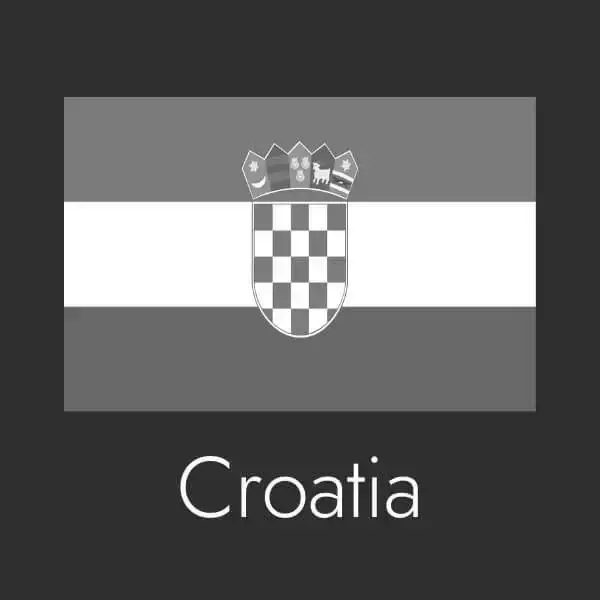




.webp)


.webp)
